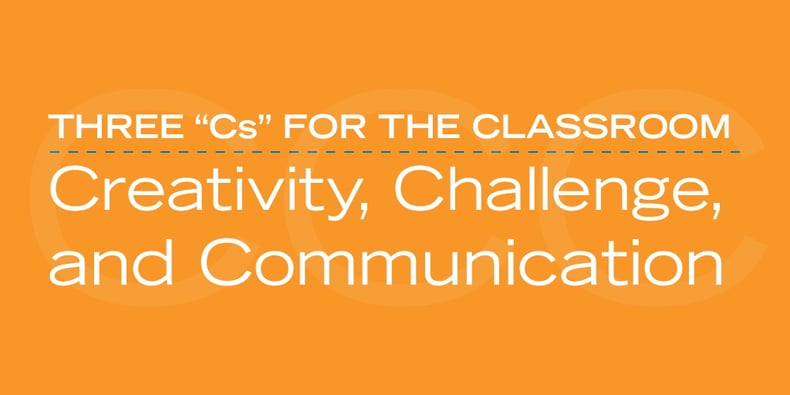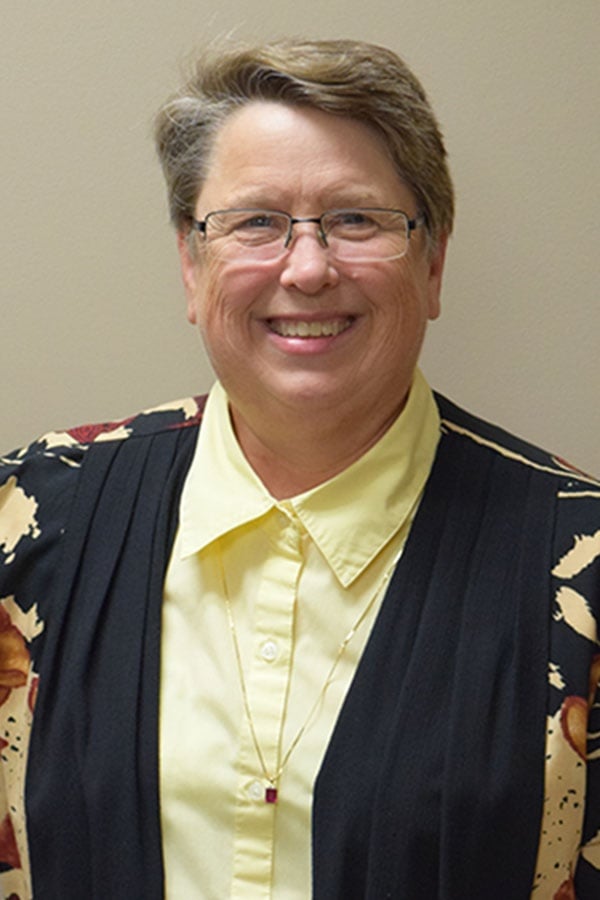
I guess you would call me a creativity junkie. I like to take science concepts and give them a little twist and tweak to fully engage my high school students. To start the process, I set the stage: Upon entering my classroom, students may walk into a simulated rainforest with vines and leaf canopies draped from the ceiling, or go into a human cell with 3D organelles hanging within the classroom’s cytoplasm. I also use a lot of props when teaching. For example, “DO NOT OPEN” envelopes are hung from the ceiling that are only opened when I request a student to do so. The envelope may contain a bell work question, quote that is relative to the topic at hand to stimulate classroom discussion, or a clue to use their cell phones to locate a QR code within the hallway or classroom that provides further instructions.
Another creative way to hook students is to have them put on safety goggles—which will later be called open cockpit flying goggles—and then instruct them to turn their chairs upside-down and sit in the “cockpit.” With previously positioned box fans engaged and airplane engine noises piped over the classroom PA system, I ask my students to imagine themselves flying over a particular biome and challenge them to tell me what they see as they peer over the side of their “cockpit.” Yes, you get your share of silly responses, but then after a while students start to get into the simulation and begin to share with you what they know about that biome or answer questions on how man has impacted it.
Bringing Out Students’ Creativity
Why do I spend my time doing these crazy creative things? We are charged as teachers to help our students become career- and college-ready through the development of 21st century skills. Among these skills are creativity, innovation, and the ability to communicate ideas.
Peer pressure really puts a damper on creativity at the high school level. My students are so concerned about being ridiculed by their peers or getting the wrong answer that they have a hard time becoming divergent—a sense of moving or extending in different directions from a common point or concept. As Sir Ken Robinson explained in his 2006 TED Talk, "We don't grow into creativity, we grow out of it. Often we are educated out of it." I feel that most of the education system we rely upon is stuck on the 19th century model that prepared students to work in factories, yet thinking creatively is an essential career-ready skill needed in the 21st century. Robinson urges us to guide our students to become divergent thinkers: "It's the ability to see lots of possible answers to a question … to think not just in linear or convergent ways, to see multiple answers, not one."
I reward and encourage creativity in my classroom with assignments that get their thinking hats out of the closet and onto their heads. For instance, as part of my recycling unit in ecology class, I assign each student to complete an upcycling project. Upcycling is when students must take discarded objects or material and create a product of higher quality or value than the original—and then explain why it's more highly valued. They are not permitted to simply copy an idea from the Internet, but they can improve upon any idea they may wish to emulate and need to explain how those improvements were done.
This is really hard for my students, as many simply want to choose something that they think I will like or just get the assignment done the easiest way through copying an idea. But by guiding them with clear expectations, well-defined grading rubrics, and a grade score that reflects the high value of the assignment, many innovative and creative projects are submitted. I even have colleagues select the most creative and usable projects and place their name on the Upcycling Perpetual Trophy (a recycled bowling trophy with a newly created top to replace the bowler) exhibited in the science hallway display cabinets with their project showcased next to the trophy for all to see.
The Importance of Communication
Here are two additional methods I use to foster creative communication skills, which you might want to include in your upcoming lessons:
Story Cards and Cartoon Scripts/Story Boards
As we cover a unit, I have my students create a one-word card depicting something they have learned. The card must include the word and a hand-drawn picture with an original definition. Near the end of the unit, students then must take these cards (plus some I have created and inserted in the deck to challenge them), shuffle, stack, then draw one card at a time, taking turns to add to create a science-based story. If the sequencing of the cards is not correct for sound science, then they must find a way within their story to get the sequence back on track. Students use the MimioMobile app, the class document camera, or their own mobile phone video camera to document their story for grading. As they play with their originally created cards, the students learn about sequencing and teamwork skills, which also helps to develop their reading abilities (great for ELL students), understand cause and effect, and consider new methods of getting to an end result.
Another approach is for students to take a science concept, like biogeochemical cycles or mitosis, and create a short comic strip or mini-graphic novel. The comic must include a “character” that will lead us through their adventure (process). For Part 1 of this assignment, students are directed to a digital interactive tool to help them create a six-panel story board about their selected science concept (either assigned or drawn randomly). You could also use the MimioCapture Ink Recorder to have students introduce their character or comic strip on the classroom white board. Part 2 challenges my students to then create an original 20–24 panel mini-graphic novel that covers a more complex science concept or summarizes the unit we just completed, which receives test quality points. Using comic story boards is a great way to assess what information your students have really gotten from your lessons—a creative alternative to multiple-guess tests.
Personal Opinion Essays
Another 21st century skill is the ability to communicate ideas that can lead to innovation. Several times during the semester, my students are required to develop position essays on current and sometimes controversial topics like “GMOs are….(they fill in)” when we are studying genetics in biology, or “Fracking leads to…(they fill in)” when we are learning about natural resources in ecology. I sometimes assign a student to support an opinion that they do not embrace so that they can challenge their assumptions and see viewpoints from different perspectives, giving them the opportunity to meet others on common ground and develop an innovative solution to the issue. Once again, detailed expectations are the key to ensure that the students don’t just write an essay they think I would want to read or choose the safe route in order to earn an A, rather than being guided by their personal interests to develop creative solutions to a problem.
So, dust off your thinking caps and remember the three Cs: Use CREATIVITY to engage your students, CHALLENGE their assumptions with innovative assignments, and foster COMMUNICATION to assess their knowledge level.
Want more information on how technology can help build these critical skills? Check out our educational guides.


